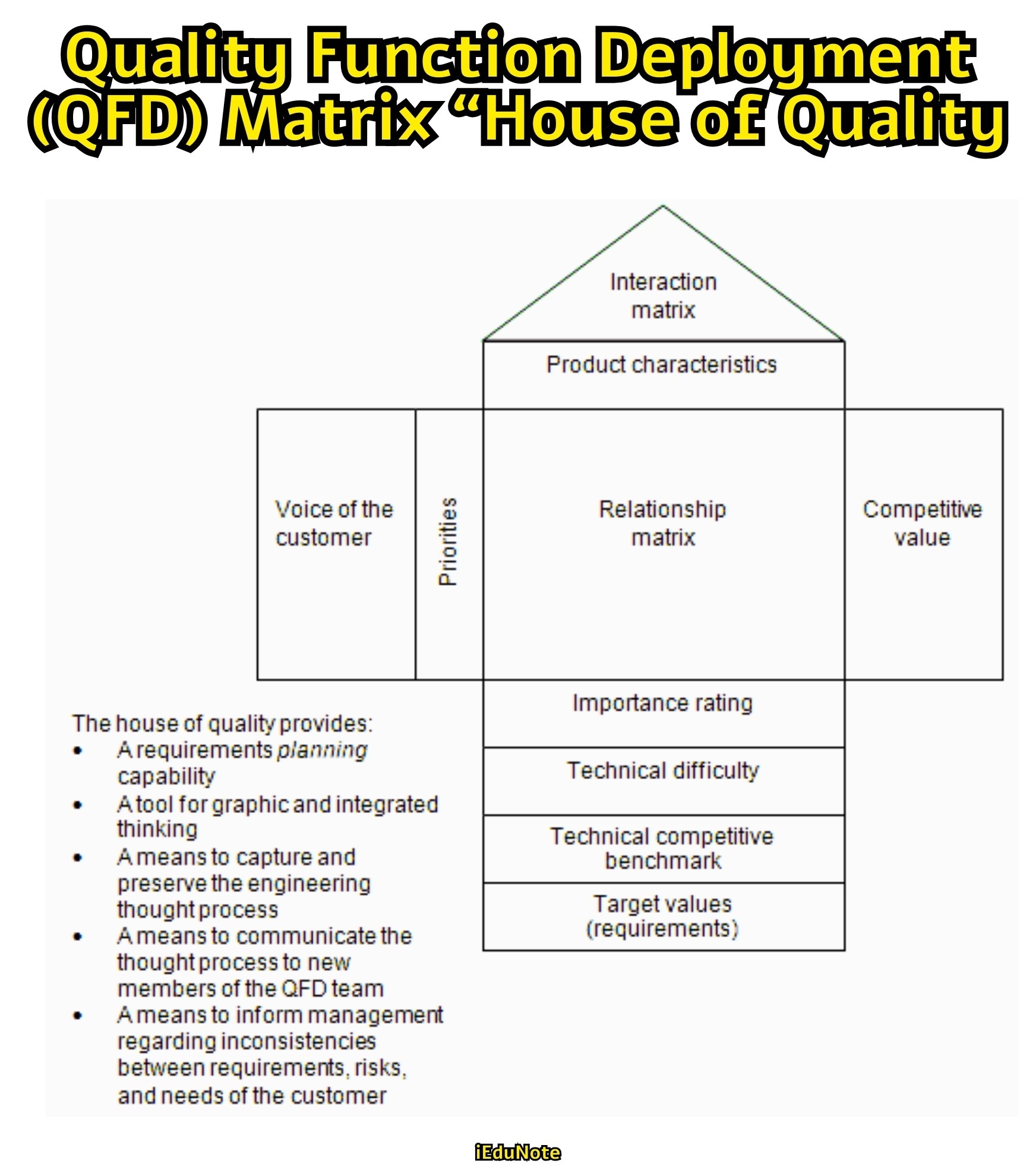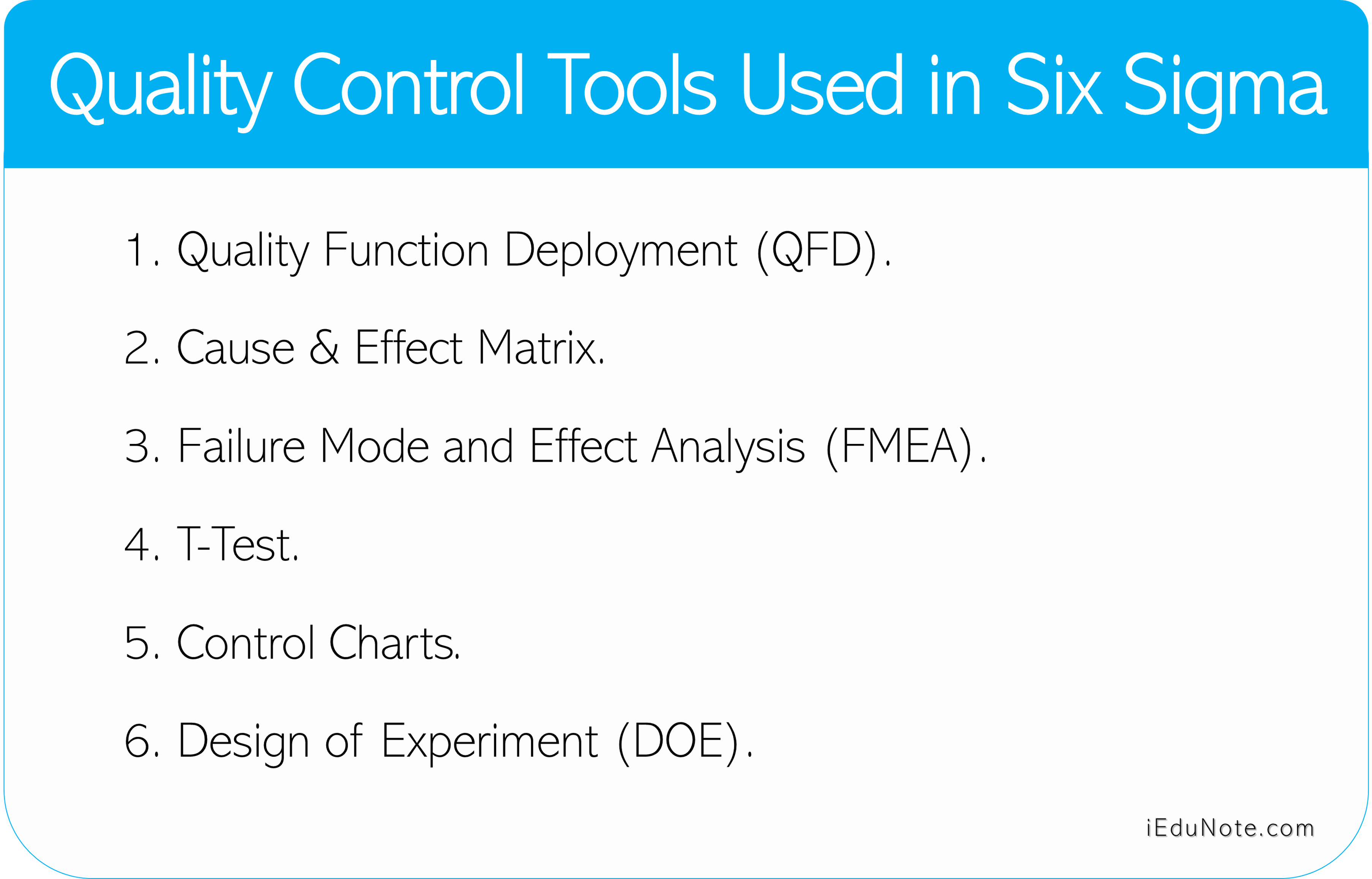Dr. Mizuno, a professor at the Tokyo Institute of Technology, first initiated the concept of the Quality Function Deployment (QFD) System. Toyota successfully implemented this system in their minivans. Quality Function Deployment is an essential tool for quality planning that translates customer needs into products and services by introducing appropriate technical requirements.
It is a system design tool with specifications for products or services that consider the needs and wants of customers and satisfy requirements for manufacturability. It helps organizations provide higher quality products and services more efficiently and at reduced costs.
It is a process that combines the essential elements and crucial characteristics of the various phases in a product’s lifecycle, from conception through design, development, manufacture, distribution, and use. QFD is a meaningful way of listening to customers to learn exactly what they want and then using a logical system to determine how best to fulfill those needs with available resources.
It provides a roadmap to all employees, showing how every step, from design through delivery, interacts to fulfill customer requirements. It is an essential tool in implementing TQM, which is used by many companies producing goods and services.
The QFD Process Answers the Following Questions:
- What do customers want?
- Are all wants equally important?
- Will delivering perceived needs yield a competitive advantage?
- How can we change the product, service, or process?
- How does an engineering decision affect customer perception?
- How does an engineering change affect other technical descriptors?
- What is the relationship between parts deployment, process planning, and production planning?

Importance of Quality Function Deployment
QFD provides several benefits besides satisfying customer requirements:
Reduced manufacturing cycle time
It shortens the manufacturing cycle time of products. The QFD system focuses efforts at the front of a program rather than at the end. As a result, the work team can focus on planning and problem prevention. It is equivalent to ‘fire prevention’ rather than ‘firefighting’.
Lower costs and higher productivity
This system leads to lower costs and higher productivity. In the QFD system, first, decide what is important and then design and build target values to reduce variation. This results in fewer design changes and start-up problems.
Optimizing product and process design leads to considerable cost savings. Companies using QFD have experienced enormous increases in productivity. There is evidence of a 50% reduction in overall costs, a reduction in project times by one-third, and achieving a 200 percent increase in productivity.
Optimized product and process design
QFD helps in optimizing product and process design. The work team can maximize performance while reducing variation and waste. Manufacturing processes are structured in such a way that no waste occurs in operations, equipment, and materials.
Consequently, the product is usually easier to make, less expensive, and of higher quality. So, no trade-off is needed between quality, time, and cost.
Shift from traditional quality control to product design quality control
QFD is a paradigm shift from traditional manufacturing quality control to product design quality control. The former is achieved through inspecting physical products.
However, QFD emphasizes designing quality into its products at the initial stage of designing the product or process. As a result, design-in quality becomes the foundation of concurrent engineering.
Quality products and processes
This system helps ensure quality products and processes by detecting and solving problems early.
Customer-focused product attributes: Since QFD forces management to analyze customer needs and expectations and relate them to product characteristics, the organization benefits in terms of customer-focused product attributes.
Quality Function Deployment, popularly known as ‘The House of Quality,’ has been used worldwide across different industries and sectors. It emphasizes customer input and helps organizations seek out both spoken and unspoken needs.
These needs then translate into specific designs and actions with a view to achieving the desired goal and can be deployed as follows:
- Product planning
- Part development
- Process planning
- Production planning
- Service planning
Concurrent Engineering
Concurrent engineering emphasizes the establishment of cooperative relationships throughout the product design process.
Representatives from the firm’s different departments, external suppliers, and customers meet with the design staff to articulate the details of product design.
Concurrent engineering can ensure that fewer problems occur during the subsequent production or assembly process. It is a systematic approach to the integrated, simultaneous design of products and related processes, including manufacturing and support.
Concurrent reengineering requires the company to design the process from the very beginning on its own which is very costly and may need unique expertise that may not always be available because of resource unavailability or other reasons.
This approach is intended to cause developers to consider all product life cycle elements, from conception to disposal, including quality, cost, schedule, and user requirements.
This approach becomes indispensable, rather than going for benchmarking when best-in-class companies do not cooperate in information sharing or these companies are inaccessible.
It is also important to note that the skills of the design engineers are vital to the success of new product design. Design engineers are required to have not only shop floor experience but also marketing experience.
They must go into the marketplace and acquaint themselves with customers’ needs and expectations. Such information from only the marketing or sales department is not sufficient.

